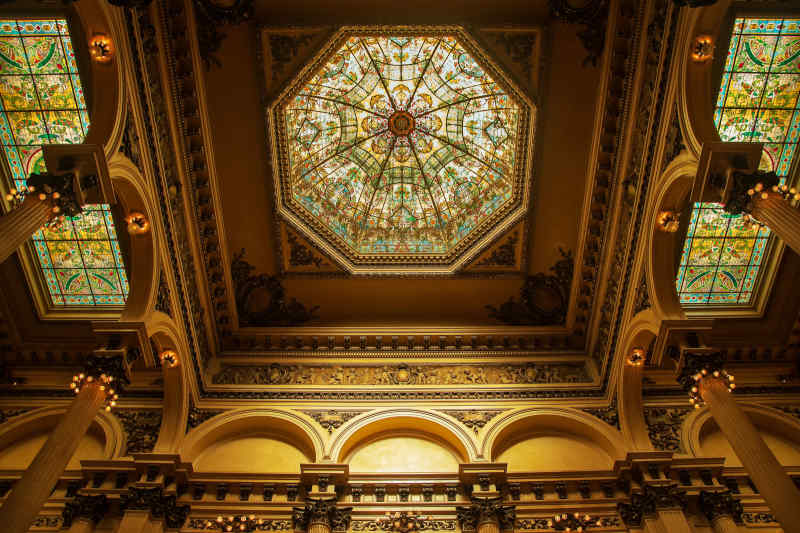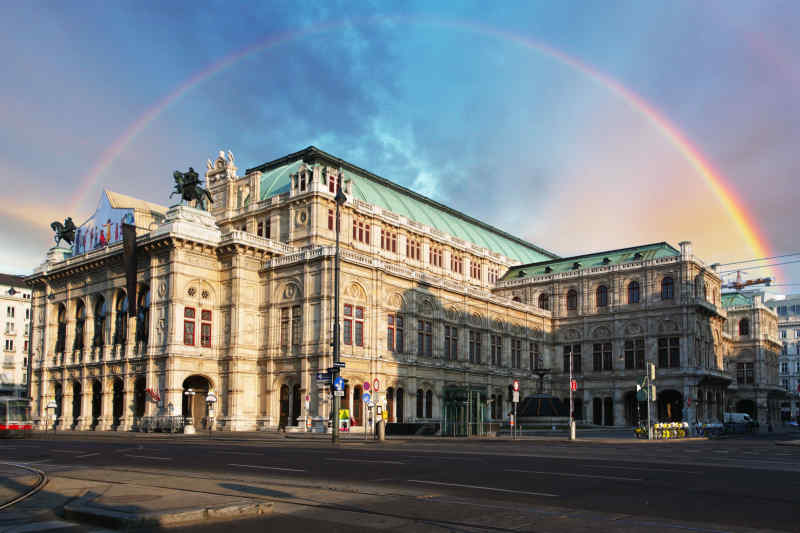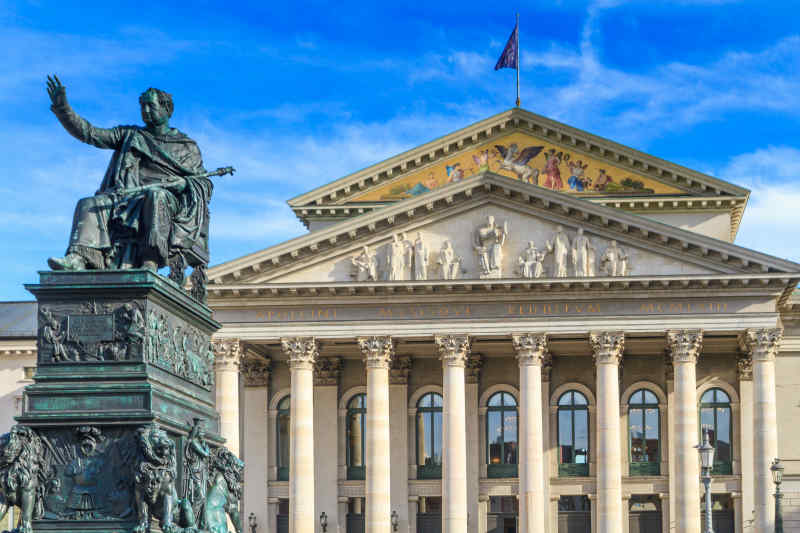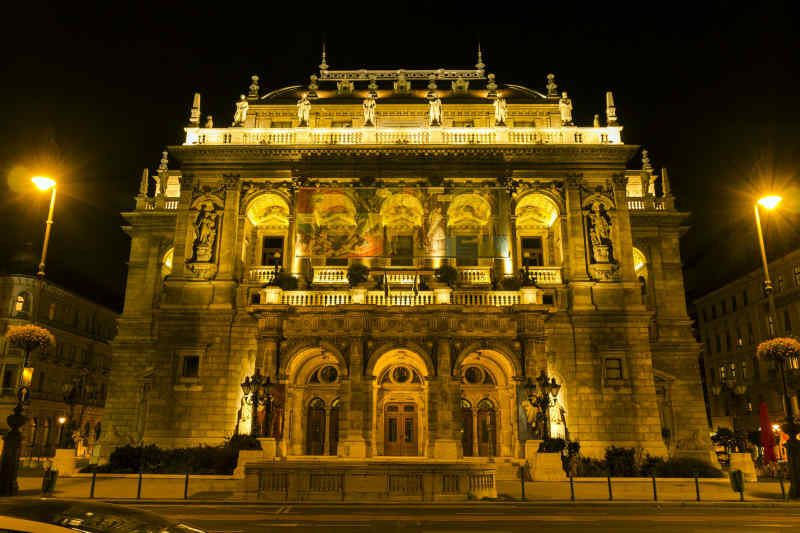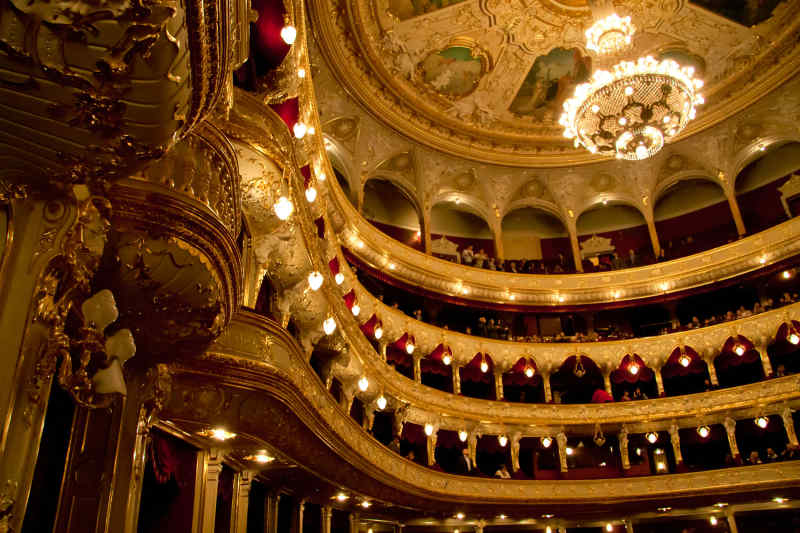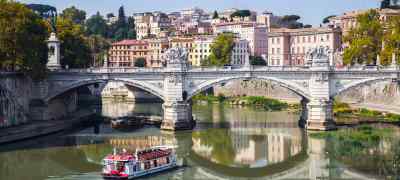By Rachael Funk
Dazzling lights, bold costumes, and commanding performances. There is no better place to be inspired by the glory of theater than at the opera. A good opera experience will capture you before the curtain rises and hold you long after if falls. Here are some of the world’s most breathtaking opera houses, along with some fun facts, to add to your next getaway!
Teatro Colón • Buenos Aires, Argentina
Teatro Colón has been categorized as the third best opera house in the world by National Geographic and is considered one of the top five best concert venues globally, thanks to its incredible acoustics.
Vienna State Opera • Vienna, Austria
Two statues of riders on horseback were placed on the main façade of the loggia in 1876 to represent Erato’s two winged horses, guided by harmony and the muse of poetry. The five arches below the figured on horseback hold Hähnel’s five bronze statues which, left to right, represent heroism, tragedy, fantasy, comedy, and love.
Bavarian State Opera • Munich, Germany
The National Theater was built and burned down three times. Anticipating possible fires, the theater’s architects built the structure over a water supply for the purpose of extinguishing flames, but when the stage ignited in 1823 during a performance of Die beyden Fusche, the underground water supply was frozen solid. In a commendable show of quick thinking, residents near the theater sprinted to a nearby Hofbrauhaus. Returning with giant barrels of beer, they were able to put out the fire and saved the rest of the theater.
Copenhagen Opera House • Copenhagen, Denmark
The Copenhagen Opera House is the national opera house of Denmark. Not only is it one of the most modern opera houses in the world, it is one of the most expensive, with construction costs skyrocketing over $500 million USD.
Image posted by Instagram user @advanceddentalarts
Metropolitan Opera • New York City, United States
While casual visitors to the Metropolitan Opera in New York City are not required to abide by a dress code, members of the Metropolitan Opera Club are. The exclusive invite-only club enforces strict rules for attire. Tuxedos or a white tie and tails are required of men and women must wear evening gowns. Club members have access to an exclusive dining room on the Dress Circle level of the building.
Palais Garnier • Paris, France
Palais Garnier, or the Paris Opera, is considered one of the most important buildings in Paris. In 1896, a counterweight for the grand chandelier fell, resulting in one fatality. This event, as well as Palais Garnier’s cellars, underground lake, and other features were used an inspiration for Gaston Leroux’s 1910 classic novel, The Phantom of the Opera.
Semperoper • Dresden, Germany
The Semperoper that stands today is not the original structure. In fact, the building has been through several restorations following disasters. In 1869, a fire devastated major parts of the opera house. Determined locals wanted to restore it, however the original builder, Gottfried Semper, had been exiled for his involvement in the May Uprising in Dresden in 1849. To get around this pesky issue, Gottfried had his son, Manfred, take his reconstruction plans and complete the restoration for him. The opera house was again destroyed in 1945 by the allied bombings of Dresden, then rebuilt to its pre-war glory 40 years later. The opera house reopened with Weber’s Die Freischutz: the same opera that was last performed before the bombing.
Hungarian State Opera House • Budapest, Hungary
This opera house boasts the world’s first hydraulic stage technique – a revolutionary invention in the 19th century. Curtains were moved by water pressure and in two corners of the stage, a hydraulic service-hoist made it easier to move props. The technique caught on and was adopted by other theaters in Europe and the United States.
Opéra de Monte-Carlo • Monte Carlo, Monaco
The building of the Opéra de Monte-Carlo was designed by Charles Garnier, the same architect who designed Palais Garnier in Paris. A miniature version of its predecessor in France, the opera house in Monte-Carlo seats 524 and was inaugurated in 1879 with a performance by Sarah Bernhardt dressed as a nymph.
Bolshoi Theatre • Moscow, Russia
There is an annual tradition for Moscow authorities to plant two varieties of tulips in front of the theater. This practice was introduced by a Dutchman named Lefeber who was so touched by the performances of the Russian ballet dancers he’d seen perform there, he sent the opera house two new species of tulips; one was called “Galina Ulanova,” after a famous Russian ballet dancer, and the other was simply, “Bolshoi Theatre.”
Royal Swedish Opera • Stockholm, Sweden
King Gustav III was instrumental in establishing several fine arts institutions in Sweden, including the Royal Swedish Opera. Originally called “Kongl Operan,” the King’s love of opera, dance, and theater inspired him to personally finance the opera house. In 1792, King Gustav III threw a masked ball at the theater. During a dinner with his friends, he received an anonymous letter containing a death threat, but chose to ignore it. That night, he was shot inside the opera house and died from his wounds several days later.
Odessa Opera and Ballet Theater • Odessa, Ukraine
Acclaimed as one of the 11 most interesting sites in Eastern Europe by Forbes Magazine in 2008, the Odessa Opera and Ballet Theater is a must-see in Ukraine. The acoustics of the innovative horseshoe-shaped hall mean that even a whisper from the stage will be carried into the theater and be heard at any point in the room.

